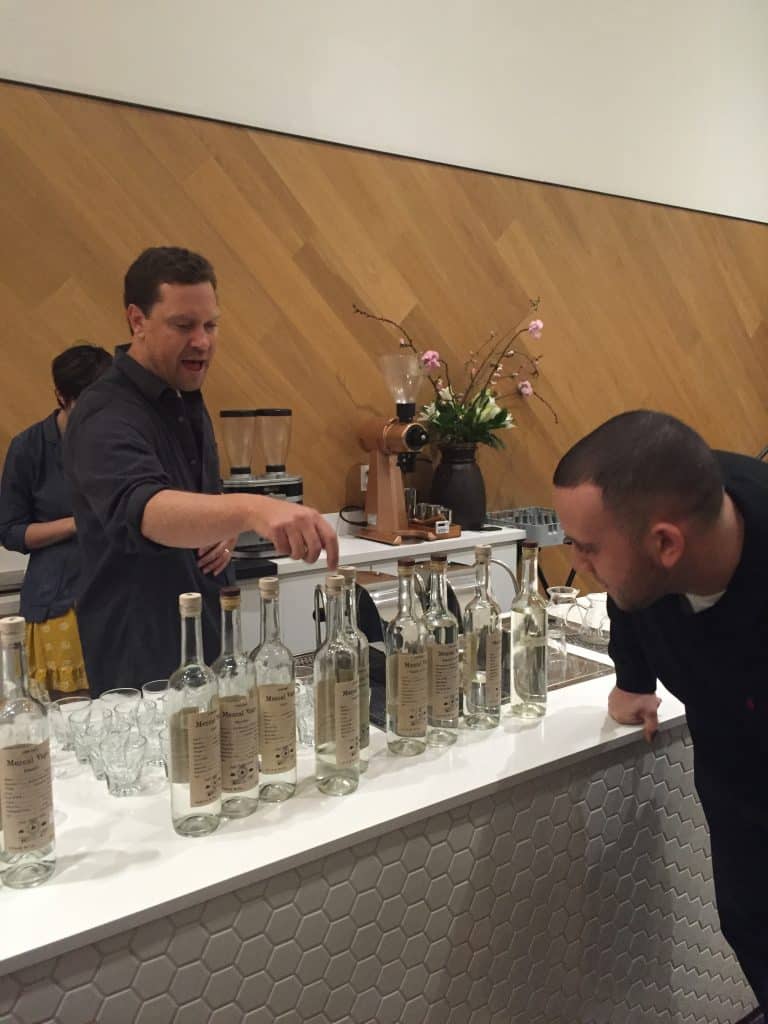
Damn, it’s been almost a month since a really nice Vago tasting at St. Frank in San Francisco. I blame the delay on the twinned Komil and mezcal in media outbursts which consumed almost all of our attention recently. Oh and all those tastings we’re organizing in SF, NY, and Chicago…
But enough with delays. A group of us was fortunate to taste through Vago’s line with brand co-founder Judah Kuper Thursday, March 24th. Special thanks to Joel from Worthy Bar for organizing the event. Special thanks as well to Kevin & Lauren Bohlin for hosting at St. Frank. For those who haven’t been, St. Frank is an absolutely beautiful cafe in San Francisco. It’s all blond wood and white tile but steps beyond most espresso bars in that it puts a huge emphasis on reducing the obstacles between barista and customer interaction. The espresso machines are under the counter, and everything else is kept out of the way so that it’s easy to see and interact without a big hunk of metal between you. They are also just about to expand with new cafes named Saint Claire in partnership with Not for Sale.

Removing those barriers between barista and customer works equally well for mezcal tastings, the bar became more of a point of congregation which Joel helped initiate by serving a punch composed of Vago Espadín and a coffee-honey syrup made from one of Saint Frank’s Honduran coffees. It was very subtle and yet another argument for the rediscovery of punch. Plus it was a great conversation starter for all those assembled.
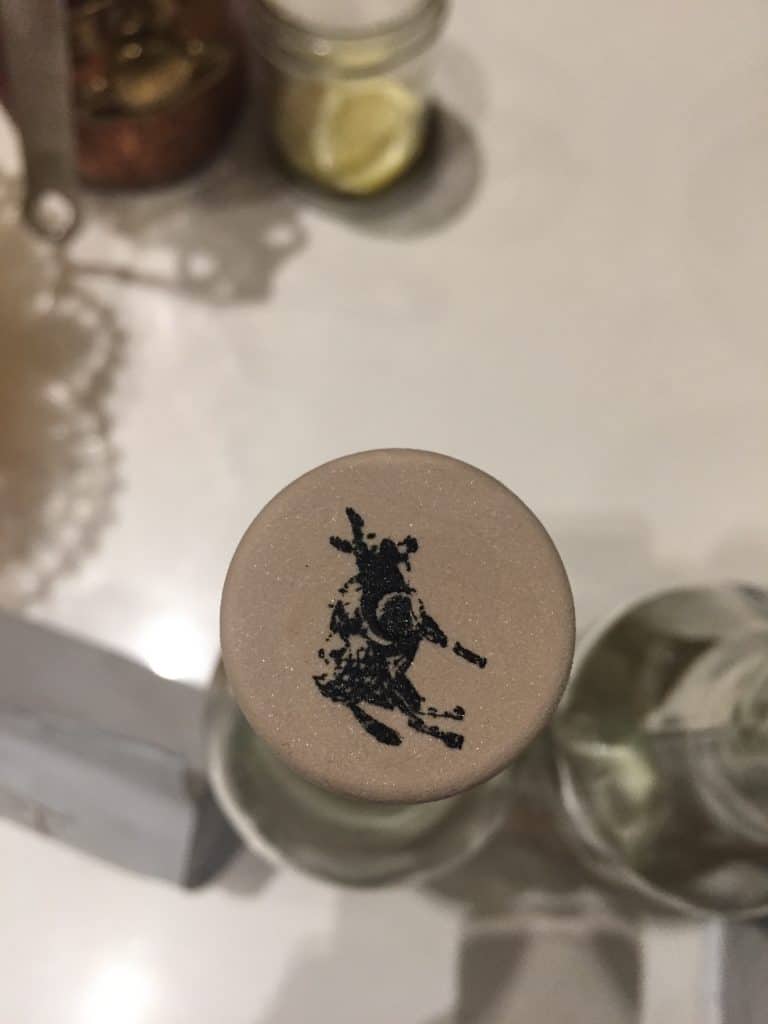
Judah then guided us through the Vago line which is expanding and deepening. As we mentioned he’s putting out geographically limited allocations. Those are the very rare bottles of Vago with multicolored labels. The latest addition is dedicated to the Warriors’ Steph Curry. The standard line hasn’t changed much but there are a few updates to the packing. First the corks are now synthetic and have a nice print of a burro on them. As Judah recently told me “As much as we loved the natural cork look especially with the wood top, we knew we had to make a change. Cork just doesn’t hold up over a long period of time and will eventually taint the color and flavor of a high proof spirit. We want these bottles of Vago to be amazing 10 or 20 years from now.”
Second, they are also adding depth to the labels with new information. It’s the same basic design, a list of everything that went into the mezcal, just more of the detail that really helps you understand what’s going on in the bottle and how it’s different from everything else. They’ve added categories for vintage and a finer grained geographical area, while retaining all the other information you’ve come to expect like agave type and maestro mezcalero.

Speaking of maestro mezcalero, Judah is just about to add a third to the Vago line. His name is Emigdio Jarquín and he hails from El Nanche Miahuatlan. The first bottles from his operation should appear in North America within months, if not sooner. We’ll have a full update when they’re released but we got a little sample of what’s to come at the St. Frank tasting because Judah brought a bottle of Emigdio Jarquín’s extremely limited production Pulquero. Limited as in 15 liters produced. It was obviously a show stopper.
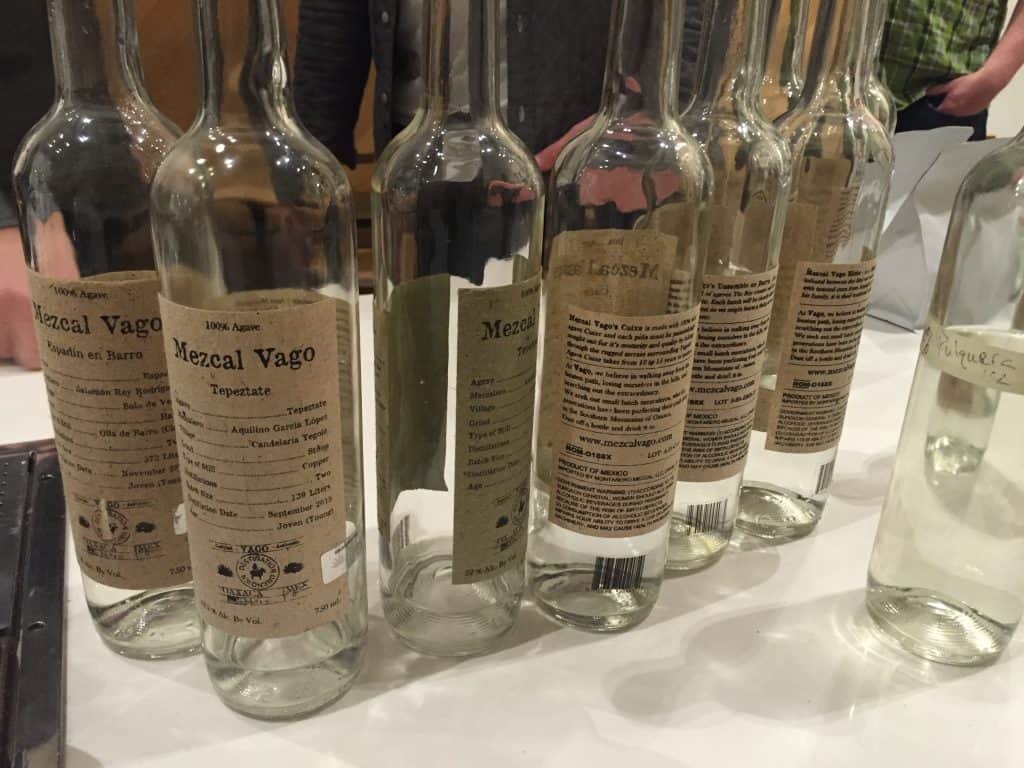
Meanwhile the mainstay maestro mezcaleros of the Vago line, Aquilino García and Tio Rey, continue to produce fantastic mezcals that really speak to the terroir of Sola de Vega and Candeleria Yegole, and their focus on traditional production. If you’ve tasted Vago you already know all this. If not then get yourself some bottles. One of the special events at this tasting was a side-by-side tasting of two Tobala en Barros from different distillation runs. The nuanced differences were revelatory and spoke directly to the need to track lots. I don’t want to make you jealous so I won’t focus on tasting notes here, it was more instructional to hear Judah walk through some of the important aspect of mezcal production.
He spent a good chunk of time talking about some of the false orthodoxies of the mezcal world like the exact proportion of mixing heads, hearts, and tails. As a reminder:
- Heads: The first distillate to come off the still. These are very volatile compounds so you have to be very careful about which you keep.
- Hearts: The majority of the distillation run subjectively defined by when the heads end and the tails start.
- Tails: The very end of the distillation run. The tails can also contain volatile compounds so their use is another area of care.
The mixture is the basis for the mezcal and each maestro mezcalero differs a bit on methodology but there are constant debates on what to keep from each step of the distillation process. It can get rather religious at times but Judah pointed out that it’s essential to the process, it’s really where you make the cuts, rather than a question of whether. He also noted that many people blend after distilling from garafones of each portion so that they can narrow the target flavor. Others will make adjustments just to reduce acid levels so that they can ensure that the CRM will certify them.
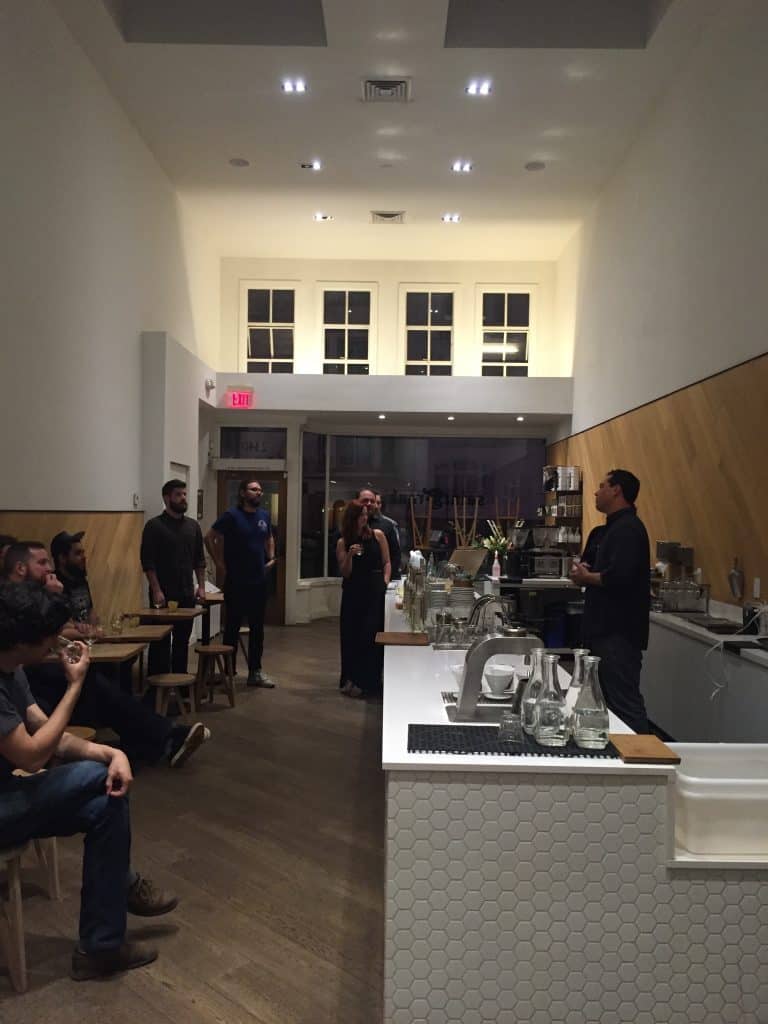
Vago’s obsession with labeling carries this further because they tell you as much as possible on the bottle labels and then lay out every detail of production on their blog like this awesome Steph Curry commemorative edition that I mentioned above. This sort of transparency is exactly what’s needed in the mezcal world so that we have clarity about what is, or isn’t, inside our bottles. Variety is fantastic, the more expressions of the maker’s personality, the better. We just want to know the details.
It’s really nice to dig into this level of detail with someone like Judah who has a variety of perspectives that encompass the maker, seller, and customer sides. He is gifted at explaining the minutiae of the process and appreciates why it’s so important. So much so that he’s investing in developing that knowledge further because he’s brought in Francisco Terrazas to learn about everything at Vago from the outside in and report it out on Vago’s blog. Francisco started with a magnum opus on fermentation and, per Judah, has been working to supercede that with a huge work on sustainability which should be published any day now. We can’t wait.
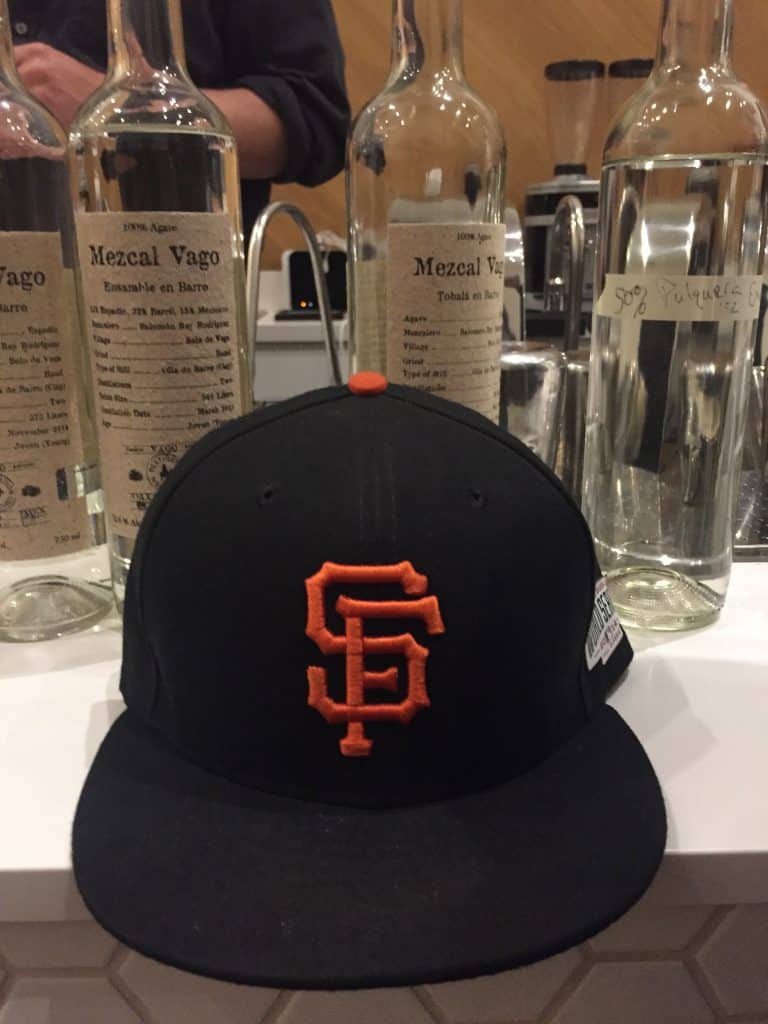

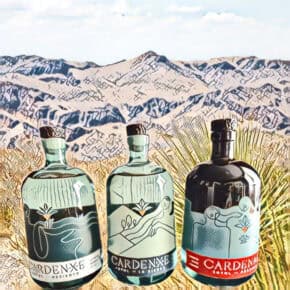

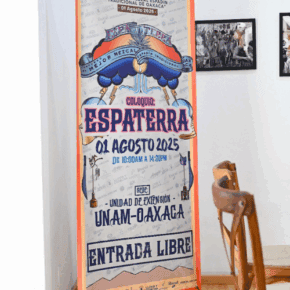








The “Ensamble en Barro” and the “Elote” were fabulous when i tasted them in San Felipe last year; unfortunately was not able to meet Judah but his partner Dylan put on a great show…Well done guys!